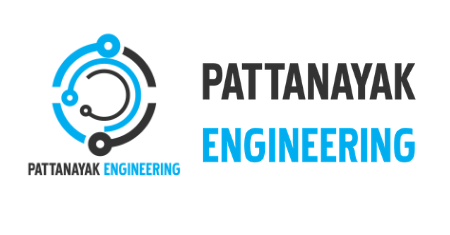What is Agile methodology?
Agile methodology permits team members to work together more efficiently and effectively in handling and developing rigid projects. It is generally comprised of applications that exercises constant and incremental methods that can be easily adopted and display great results.
How to implement Agile Technology?
The AGILE technology can be executed with the assistance of various frameworks such as Scrum, Kanban, eXtreme Programming(XP), Lean, Crystal, Adaptive Project Framework(APF), Feature Driven Development(FDD), Dynamic Systems Development Method(DSDM), Agile Unified Process(AUP) and so on.
Various Agile Frameworks:
Scrum:
Scrum is a popular technology among the people which can talk about rigid and flexible problems, while keeping in mind the productivity and standard of the product with the highest possible value. It is a flexible system for effective and efficient group alliance on complex products. It is widely used and popular agile technology popular which is also widely followed.
eXtreme Programming:
XP is the most proven and successful method of developing agile framework because of its focus on customer satisfaction. It involves maximum customer interaction to develop the software. It further breaks the entire software development life cycle into several frameworks of short development cycles. It generally accepts and integrates changes or requirements as per the customer’s need at any phase of the development processing cycle.
Kanban:
The Major focus of Kanban framework is to refrain from producing a surplus. For making this possible they have created Kanban cards and a Kanban board. This can also be used to visualize the flow of resources throughout the production cycle. This gives everyone maximum insight into the process. Kanban framework assists managers to find out whatever the surplus or the shortage is in real-time.
Lean:
This framework of software development is based on the principle “Just in time production”. The major focus of the Lean framework is to increase the speed of software development and to reduce its cost.
Crystal:
This framework generally aims at six primary aspects: people, interaction, community, communication, skills, and talents. Consider the process as secondary. There are also seven common features in the Crystal framework that assures a higher level of success and they include regular delivery, reflective improvement, osmotic communication, and easy access to expert users.
Advantages:
1) In AGILE, the delivery of the software is persistent.
2) After every Sprint, working features are delivered to the customer. This increases the level of satisfaction in them.
3) Customers can have a look at the developed features and check if they meet their expectations.
4) If the customers have any feedback or they want any changes in the features, then it can be accommodated in the current or maybe the next release of the product.
5) Changes can be made even in the later stages of the development of the product.
6) The business people and the developers of the product interact daily.
7) A significant amount of attention is paid to the design of the product.
Disadvantages:
This framework is a time-consuming process. Until you complete a particular stage, you will not be able to proceed to the further stages.
This framework was built only for projects where needs are stable.
The working software is delivered only after completion of the final stage of the model.
It is very difficult to go back to the previous stages and make some changes that you had not thought about in the initial phase.
Conclusion:
If You have any queries you can drop your questions below,
we will be happy to solve your problems.
Thanks for reading…!!!
Pattanayak Engineering
https://pattanayakengineering.com/


